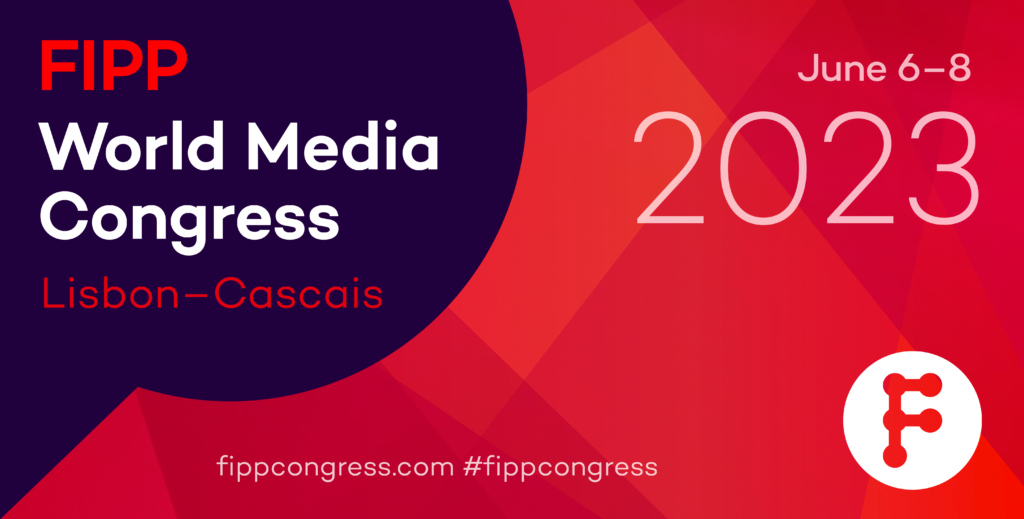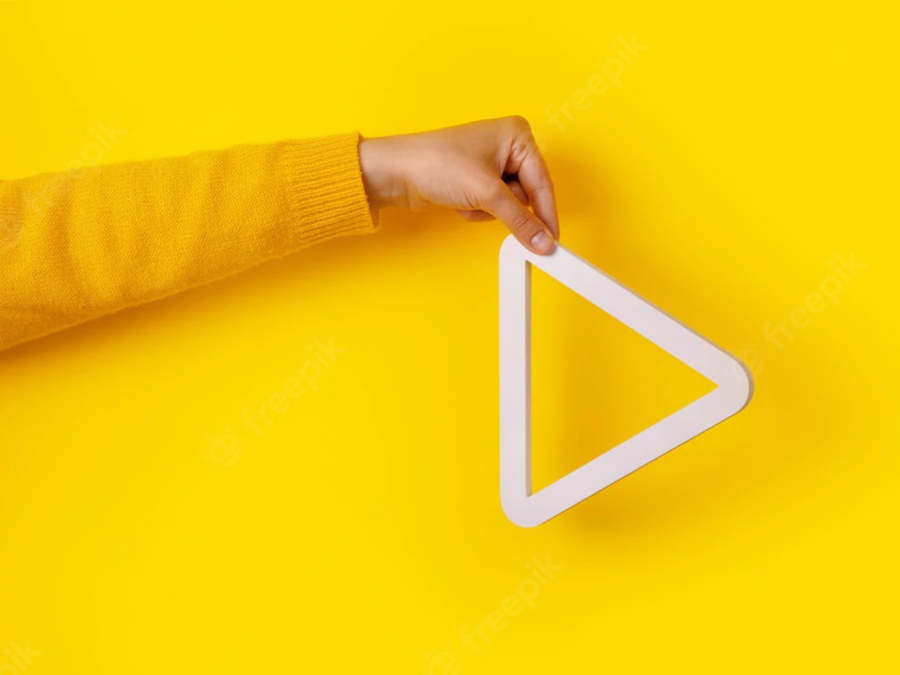|
Getting your Trinity Audio player ready...
|
Last year, the IAB Tech Lab made waves in the industry when it introduced several updates to its Ad Formats Guidelines for Digital Video and CTV. While the updates were a step in the right direction for industry transparency, the guidelines posed a severe challenge for some publishers, especially smaller ones.
After industry-wide pushback, the IAB Tech Lab amended its previous update to provide more clarity for publishers and introduce a third class of inventory – Accompanying Content.
The updated guidelines address 5 key areas publishers should be aware of:
1. Instream receives more classification
Post-IAB update, 90% of what was once instream video inventory was considered outstream. Audio criteria changes limited quality inventory from being labeled as instream. Publishers, who know the sound-on setting can be an annoyance to their audience, weren’t in the best position from this change.
The amended guidelines changed the definition of instream video to include video that is sound-on and plays before, during or after streaming video content the user has requested; delivers within a player; monetizes content that the publisher is delivering; and can include linear and nonlinear ads, which don’t need to be videos.
The IAB Tech Lab’s latest updates evaluate the amended definitions by the presence or absence of user intent and the presence or absence of editorial video content.The updates confirm that sound-on in video is an accurate indicator of consumer intent and can be important in signaling high-value video inventory that does not meet the other instream requirements.
The amended guidelines include explicit language about user intent, and ultimately instream video placement is one where the user truly intended to watch video content, including when the user is watching the video as the primary goal of the page visit. The video player may also convert to a floating/sticky player as users scroll through the page, but under the new guidelines, any subsequent ad calls may not be labeled as instream after the video player floats.
2. Accompanying content gets its moment
Now that instream-outstream binary is a thing of the past, the new guidelines recognize the value of other types of content, including accompanying content. Pre-roll, mid-roll and post-roll ads can expose end users to discoverable content, even if that content wasn’t the original purpose of their visit.
The addition of accompanying content in the guidelines highlights the IAB Tech Lab’s recognition that other types of content add considerable value, rather than being limited to an instream or outstream model.
The adjustment will allow publishers to suggest quality content in the same way social platforms and YouTube do today, without being labeled as outstream. Accompanying content, especially when it’s contextually relevant to the page, can provide significant value and can redefine what’s possible in reaching end users.
3. What’s true outstream?
Making changes to instream criteria also called into question the definition of outstream. Prior to the updates to the guidelines, outstream colloquially encapsulated everything that wasn’t instream. But with the addition of new criteria and classifications, those definitions aren’t as cut-and-dry.
Outstream was never an official category set by the IAB, and with new guidelines that more specifically define instream, the general understanding of outstream also changes. No content/standalone ads, or video ads played without streaming video content, is the closest descriptor included in the new guidelines of a category of ads previously considered, informally, to be outstream. With specifications like accompanying content, certain ads won’t fall directly into instream or outstream definitions, as value has been given to ads that don’t exactly adhere to either of those two descriptors.
4. There’s still a double standard for smaller publishers
Publishers still face an uphill battle – the double standard that remains when it comes to determining instream video. A buyer can still label any YouTube video as instream, even if it’s a follow-up video the user didn’t initially choose to watch.
Early adoption is crucial to moving forward, while also not punishing publishers for using the new values – particularly if their demand partners continue to use legacy values. Fair market value for publishers will depend on the industry coming together to drive a more fair system. It’s imperative that all publishers and platforms are held to the same standards of transparency, and hold each other accountable in doing so.
5. Transparency is key
In what will hopefully be a new era of transparency when it comes to instream or outstream classification, video ads will subsequently be priced more fairly – leading to greater access and demand from advertisers. This will enable publishers to get a better price on inventory – which will be helpful in uncertain economic circumstances.
The IAB Tech Lab’s latest update makes positive progress toward a more equitable standard for all sectors of the industry. Ultimately, coming together with a coordinated effort will drive genuine change and action.
Jenn Chen
CRO and president of Connatix



